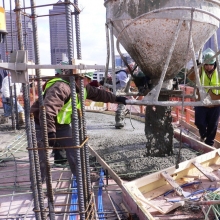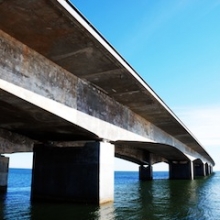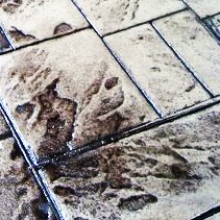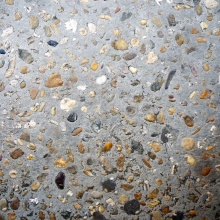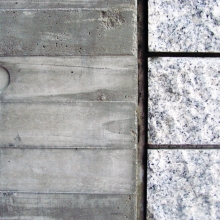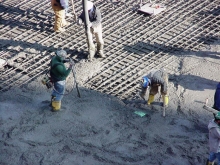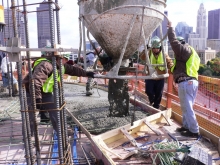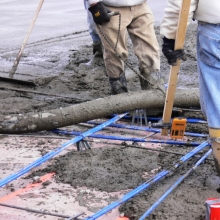Concrete
Concrete in various forms can be dated back to 5600 BCE, where in Serbia the remains of a hut were found with a floor made of a mixture of red lime, sand, and gravel. In the Roman Empire, a concrete made from quicklime, pozzolanic ash/pozzolana, and an pumice aggregate was used. It was very similar to the modern portland cement concrete which was developed in the 1840ís and is currently in use today.
